Bonfire Night: Forest Hill
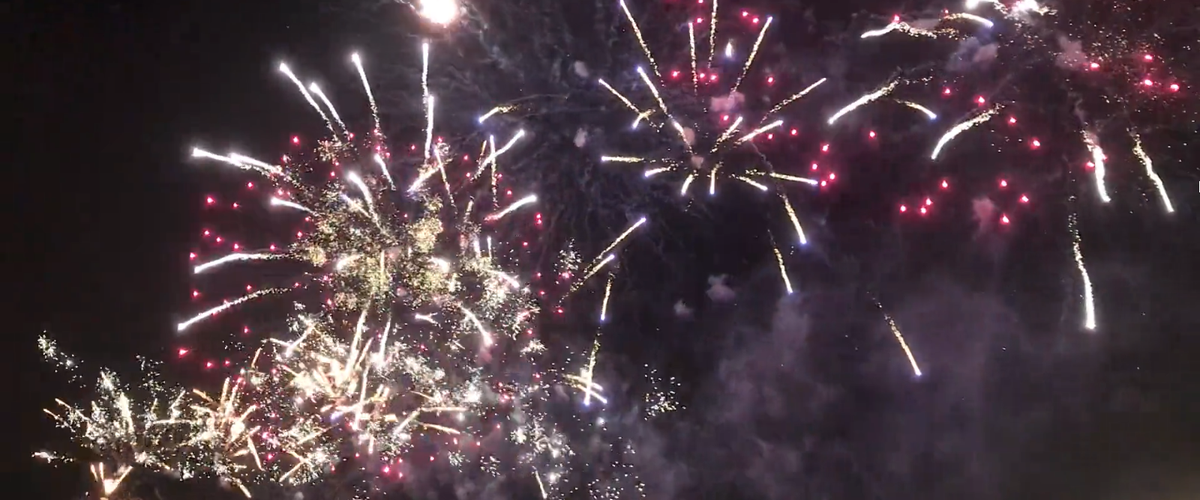
This data story details changes in air quality during the weeks before and after Bonfire Night on 5 November in Forest Hill, London. The monitoring period discussed here spans from 31 October to 14 November 2020. The Citizen Sense research group investigates trends in pollution through particulate matter data collected at 6 Dustbox monitors in the area.
Based on citizen data collected in collaboration with participants in SE23, we find that Bonfire Night has a significant impact on air quality both indoors and outdoors. We also suggest ways to mitigate this through careful siting and timing of fireworks displays, among other measures.
I. Location
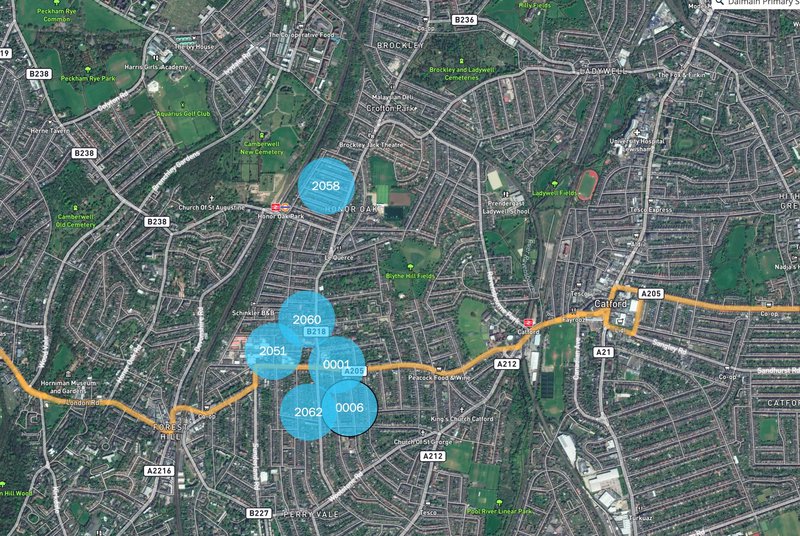
Bonfire Night, or Guy Fawkes Night, is an annual British tradition that involves the burning of effigies and large firework displays. While the event is usually observed on 5 November, celebrations can span adjacent weekends. This period of time also encompasses Diwali celebrations on 14 November, a festival of lights with fireworks. Bonfires and fireworks impact air quality by producing particulate matter, nitrogen dioxide (NO2) and sulphur dioxide (SO2). Elevated levels of PM2.5 are evident during Bonfire Night, and in 2020 high levels of particulate matter were reported across the country around this time. Air Quality News reported daily PM2.5 averages of 133 µg/m3 in London in the Westminster area on 6 November. Similar spikes are recorded across the country.
Bonfire Night displays are often large public events with a significant number of spectators. In 2020, Covid-19 restrictions on public gatherings resulted in most large events being cancelled, including Lewisham Council’s Blackheath fireworks display (a 2019 video of the fireworks is available from 853.London, a screengrab of which provides the header to this post). In late October, the London Fire Brigade advised Londoners to “think twice” before organising their own displays, anticipating an increase in these kinds of events due to the cancellation of larger displays. Despite this, an increase in private firework sales was reported. In the UK, the sale of fireworks for private purposes is prohibited outside the timeframes of 15 October to 10 November, 26 to 31 December, and 3 days before Chinese New Year and Diwali. Fireworks cannot be set off or thrown in public spaces or used between 23:00–07:00. On Bonfire Night, this timeframe is extended until 00:00; and 01:00 on New Year’s Eve, Diwali and Chinese New Year. A related data story, Forest Hill Lockdown, details how Lewisham is a smoke control area so there are some restrictions on what can be burned. During the lockdown the Council asked residents not to light fires due to their implications for respiratory health, as well as possible pressure added to the emergency services.
Focusing on a two-week period around Bonfire Night, this data story looks at data from a citizen-led network of devices in Forest Hill in South East London. The story compares data from six monitors located in this area, including Dustboxes 0001, 0006 (indoors), 2051, 2058, 2060 and 2062. Dustbox 2058 is in a residential area near Brockley Rise (B218). The remaining five Dustbox monitors are all near the the South Circular Road, as can be seen on the above map. The Dustbox 2.0 (or second-generation Dustbox) measures particulate matter 2.5 (PM2.5), a pollutant that is especially hazardous to human health.
II. Is There Evidence of a Problem
The Dustbox device used to monitor PM2.5 is an “indicative” monitor. This means that measurements can give an indication of pollutant concentrations, but cannot be directly compared with national and international guidelines and standards in an “official” or regulatory sense. Despite this, indicative monitors are a well-established method within atmospheric science for carrying out initial surveys of an area to establish whether a potential problem merits further investigation. Indicative monitors are also becoming increasingly available for citizen-based air-quality monitoring, similar to this study.
Where possible, the Dustboxes were co-located at the start and the end of the study to account for differences in the sensors and drift during the monitoring period. The co-location of Dustboxes in this data story indicates that there is a good similarity in measurements across the monitors used in this monitoring location, as well as with monitors in the extended community network, both at the start and end of the monitoring period.
The World Health Organisation (WHO) has established a 24-hour mean guideline for PM2.5 of 25 µg/m3 (although there is no safe level of exposure). The time series graph in Figure 1 shows that the overall concentration passed this threshold on one monitor (2062) during this period.
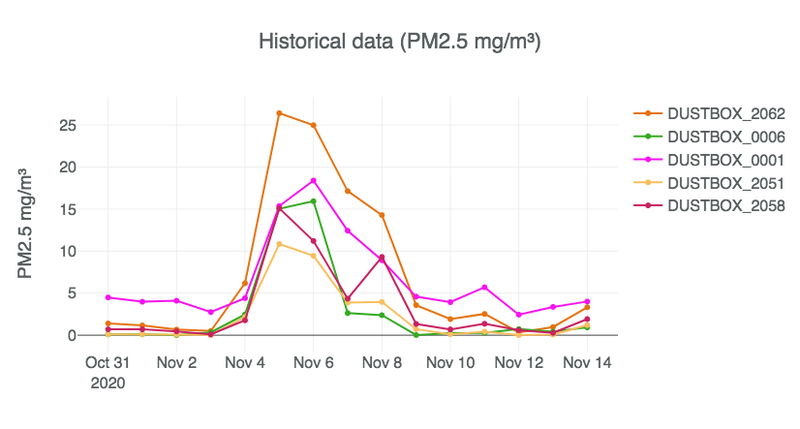
Figure 1: Line graph of 24-hourly mean concentrations of PM2.5 for Dustboxes 0001, 0006 (indoors), 2051, 2058 and 2062 from 31 October to 14 November (units: µg/m3).
From Figure 1 it can be observed that PM2.5 concentrations increase significantly on all monitors between 5–7 November encompassing the Bonfire Night period. Levels of PM2.5 then fall and increase a little on Diwali. Levels of PM2.5 are significantly lower around Diwali when compared to Bonfire Night. Dustbox 2062 measured the highest daily average of the period. This monitor is placed in a garden. It is possible that high readings are detected here due to neighboring Bonfire Night celebrations.
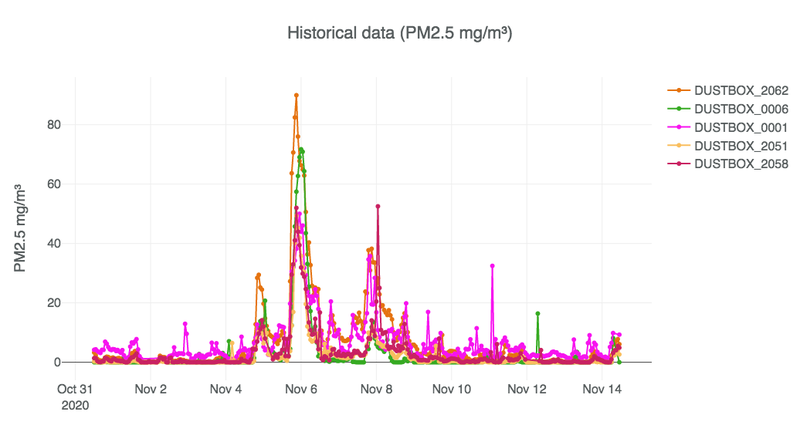
Figure 2: Line graph of hourly mean concentrations of PM2.5 for Dustboxes 0001, 0006 (indoors), 2051, 2058 and 2062 from 31 October to 14 November (units: µg/m3).
Hourly concentrations of PM2.5 especially demonstrate the impact of evening fireworks and burning activities on air pollution levels. Figure 2 shows that peak particulate matter levels occurred at 21.00 on Bonfire Night (5 November), with subsequent peaks on Friday and Saturday evenings at similar times.
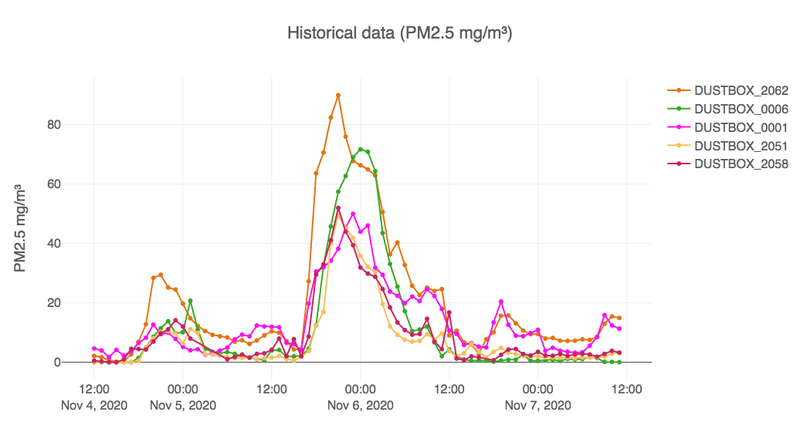
Figure 3: Line graph of hourly mean concentrations of PM2.5 for Dustboxes 0001, 0006 (indoors), 2051, 2058 and 2062 from 4 November to 6 November (units: µg/m3).
If we zoom in on a three-day window of time around Bonfire Night, from 4 to 6 November, we can see that particulate matter 2.5 levels reached approximately 90 µg/m3 at 21.00 on 5 November, as shown in Figure 3. Even though this is an hourly average, particulate matter levels were significantly above the WHO guideline of 25 µg/m3 for a 24-hour period.
A related Indoor vs Outdoor Air Quality data story compares data from Dustboxes 0006 and 2062 and finds that the average PM2.5 concentration for the period 23 June to 31 October could be as much as 30 times higher outdoors than indoors. However, when looking at the period from 31 October to 14 November, it is clear that Dustbox 0006 follows the trend of Dustbox 2062 more closely, with levels only 2.5 times higher outdoors than indoors. The increase in particulate matter indoors during this period suggests that localized and significant pollution events such as bonfires and fireworks can have a significant effect on indoor air. Further monitoring at multiple locations would be required to better understand these patterns, and other possible concurrent sources of pollution.
III. Characterising The Problem
When is the source most evident?
Different sources of pollution will be evident at different times of day, and days of week. By analyzing when pollution is occurring, it is possible to begin to identify pollution patterns that could be addressed and mitigated.
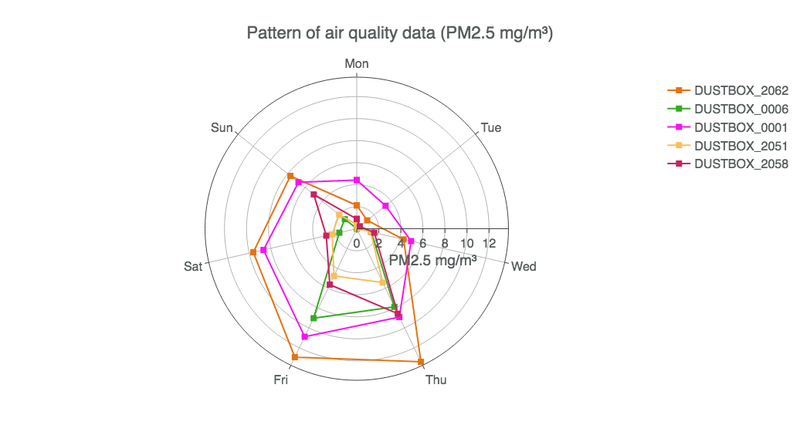
Figure 4: Pattern plot of daily PM2.5 concentrations for Dustboxes 0001, 0006 (indoors), 2051, 2058 and 2062 from 4 November to 6 November (units: µg/m3).
Figure 4 shows that the highest daily levels were evident at the weekend, especially on Thursday and Friday, during the monitoring period. These patterns are significantly higher than levels on Monday, Tuesday and Wednesday, and provide further evidence to support findings about the likely impact that Bonfire Night (Thursday, 5 November) and weekend celebrations (Friday, 6 November) likely had on air quality.

Figure 5 Pattern plot of hourly PM2.5 concentrations for Dustboxes 0001, 0006 (indoors), 2051, 2058 and 2062 from 31 October to 14 November (units: µg/m3).
Figure 5 shows that the highest hourly levels were evident in the later evening, especially between 20.00 and 21.00, during the monitoring period. It is also notable that evening particulate matter levels were highest not during times of peak traffic (17.00 to 19.00). Evening patterns of particulate matter are significantly higher than levels during the rest of the day, and provide further evidence to support findings about the likely impact that evening fireworks and burning had on air quality.
IV. Drawing The Evidence Together
Using the tools provided through the Citizen Sense Airsift data analysis platform, we have analysed the Dustbox 2.0 PM2.5 data for monitors in Forest Hill around the time of Bonfire Night. Our observations are as follows:
- Bonfire Night celebrations caused a spike in daily PM2.5 concentrations in Forest Hill for several days. These peaks are significant and exceed WHO 24-hour guidelines for PM2.5, but are not as high as parts of central London.
- Indoor PM2.5 levels were disproportionately higher during Bonfire Night when compared with data analysed in the Indoor vs Outdoor Air Quality data story, indicating that high levels of outdoor pollution can impact indoor air quality.
- The cancellation of public Bonfire Night events, and increase in private displays, should be compared further to understand different levels of particulate matter.
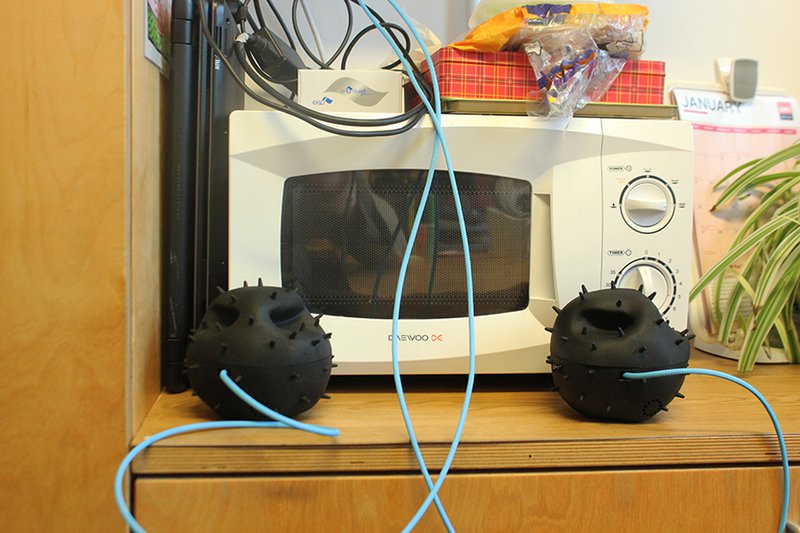
V. Actions
In relation to the evidence and findings from the Dustbox citizen monitoring study, preliminary actions are proposed here that consider the neighbourhood context and existing community organisations and initiatives. The key areas for addressing air pollution in relation to indoor conditions include actions that can be taken inside and outside the home, local transport initiatives, green infrastructure, burning policy and additional monitoring. These actions have been developed in consultation with monitoring participants and local area residents.
Air quality monitoring
- Further monitoring would be benficial to establish how Bonfire Night activities impact indoor and outdoor locations.
- Year-on-year monitoring and analysis could be useful for comparing how changes in Bonfire Night celebrations are impacting air quality. This could be particularly useful since Lewisham Council plans to suspend Blackheath Bonfire Night activities until 2023 as part of budget cuts.
On Bonfire Night
- Ensure that fireworks and bonfires are set as far away from residential areas as possible. Doors and windows of nearby properties should be kept closed to reduce particulate matter accumulating indoors.
- Adhere to Lewisham’s burning policies during Bonfire Night activities.
- Use eco-friendly fireworks to reduce their impact on the environment .
- Set fireworks and bonfires when there is a light breeze and less-humid conditions, since weather conditions have a significant impact on PM2.5 levels.
After Bonfire Night
- Once burning activities have settled, fully ventilate buildings to ensure that particles are not trapped indoors.
- Following bonfire night, clean up residual ash, dust and debris.
Acknowledgements
The Citizen Sense and AirKit projects are led by Professor Jennifer Gabrys. AirKit has been developed working in collaboration with postdoctoral researchers Dr Sachit Mahajan and Dr Joanne Armitage. Thanks are due to our additional collaborators including:
Common Knowledge contributed to the development of the Airsift platform. Lau Thiam Kok and Tassos Noulas contributed to the development of the data architecture that informed the Airsift platform. Sarah Garcin developed the graphic design of the AirKit Logbook webpage and PDF.
The Citizen Sense Dustbox 2.0 included collaborative contributions to the materials design and 3D printing by Andrea Rinaldi, who built on an earlier Citizen Sense Dustbox 1.0 designs developed in collaboration with Francesca Perona and Helen Pritchard.
Special thanks are due to the participants and residents in the Forest Hill area of London who contributed to the development and testing of the Dustbox monitoring kit, as well as to the collection and analysis of data and communication of results to wider publics and regulators. For more information on project contributors, see Citizen Sense People.
This data story is generated using the Citizen Sense Airsift data analysis platform, which was developed to allow for citizen-led interpretation of datasets. The core data available for interpretation is the Dustbox 2.0 PM2.5 sensor data. The Airsift toolkit also brings in air quality data from select sites in the London Air Quality Network (LAQN) and through other sensor APIs for comparison with the citizen data. Please note the Terms of Use for Citizen Sense data.
At the start of the monitoring period, the Dustboxes were co-located with a TSI AM 520 at the University of Cambridge. The site for the co-location study was strategically chosen so that the devices could be evaluated under varying environmental conditions with variable pollution levels. For hourly averaged PM2.5 concentration, the average Pearson correlation (R) was 0.98. Because the Dustboxes demonstrated a high degree of accuracy during the co-location, no scaling factor has been applied to calibrate the devices. Because the sensors were co-located and calibrated during a time of low to moderate pollution, the scaling factor could slightly amplify higher readings in relation to the LAQN readings. However, this would require further testing to demonstrate, since when comparing Dustbox levels with nearby LAQN levels (where available), readings are often comparable. For more information, see "Dustbox 2.0 Calibration and Field Studies." Note that Dustboxes 0001 and 0006 discussed in this study are an earlier version of the diesel char housing that used a different air intake design. For this Dustbox version, a correction factor has been calculated based on an indoor co-location of the diesel char and pollen Dustboxes. A more current version of the diesel char is available on the Citizen Sense Github page.
This data story is prepared under the assumption that all pollutant, cartographic and meteorological measurements are valid and not sufficiently biased to cause misrepresentation of results. Please refer to the Citizen Sense Terms of Use for further information.
The research leading to these results has received funding from the European Research Council under the European Union’s Seventh Framework Programme (FP/2007-2013), ERC Grant Agreement n. 313347, “Citizen Sensing and Environmental Practice: Assessing Participatory Engagements with Environments through Sensor Technologies,” and from the European Research Council under the European Union’s Horizon 2020 research and innovation programme, ERC Grant Agreement n. 779921, “AirKit: Citizen Sense Air Monitoring Kit.”
AirKit is available to use under a CC BY-NC-SA 4.0 license. You are free to use, adapt, and share this toolkit for non-commercial purposes under the same CC BY-NC-SA license, and with attribution to Citizen Sense.
To cite this data story, please use the reference: Citizen Sense, “Bonfire Night: Forest Hill,” Airkit Data Stories, 1 February 2021. Available at: https://airsift.citizensense.net/bonfire-night-forest-hill-2021/.
